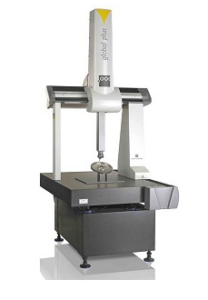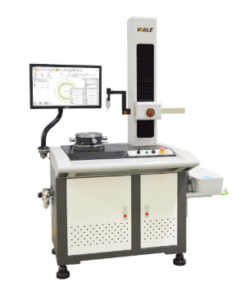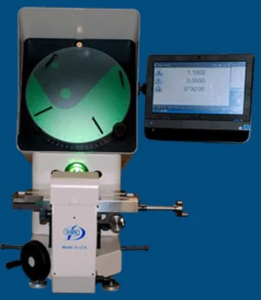What is Concentricity & How to Measure Concentricity
Concentricity refers to the situation when two or more circular objects have the same central axis. In other words, when one object is enclosed within another, their centers must be perfectly aligned. Concentricity plays a vital role in various industries including automotive, aerospace and medical. This article mainly introduces the definition, importance and measurement method of concentricity.
Definition of concentricity
Concentricity is the quality or state of coincidence or coincidence of geometric axes. It refers to the centering of one feature relative to another, ensuring they are perfectly aligned. Simply put, concentricity refers to the circularity of an object, with all points on the circumference being equidistant from the center. When determining concentricity, both roundness and alignment must be considered.
The importance of concentricity
Concentricity is a critical factor in many engineering and manufacturing applications. Here are a few reasons why it’s important:
1. Function: In some applications, such as rotating parts or assemblies, concentricity is critical for smooth operation. For example, in a vehicle’s engine, the crankshaft and camshaft must be concentric to ensure efficient combustion and engine performance.
2. Bearing life: Concentricity plays a vital role in the durability and life of the bearing. When a bearing is concentric, it experiences the same forces and experiences minimal stress, resulting in longer service life.
3. Accuracy: In industries with high precision requirements, such as optics or medical devices, concentricity helps improve overall product quality by ensuring precise alignment.
Concentricity measurement method
Accurately measuring concentricity requires the use of specialized tools and equipment. Here are some commonly used methods:
1. CMM (Coordinate Measuring Machine): A CMM is a precision machine capable of measuring the geometry of an object with high accuracy. Using a variety of probes and sensors, CMMs can measure the position, size, and orientation of features to determine their concentricity.

2. Roundness tester: The roundness tester is a device specially used to measure the roundness of parts. These instruments use a probe to scan the circumference of an object and provide readings of its roundness and concentricity.

3. Vision system: The vision system uses cameras and image processing algorithms to measure concentricity. By capturing images of an object from multiple angles, the system can analyze the relationship between different features and determine their concentricity.
4. Beat measurement: Beat is a common method to evaluate concentricity. It involves measuring the deviation of a rotating object’s axis from its ideal position. Dial indicators or laser-based devices are often used to perform runout measurements.
5. Optical comparators: Optical comparators use a light source and magnification to compare the characteristics of an object to a reference standard. By analyzing the superposition of these images, the system can determine the concentricity of the object.

in conclusion
Concentricity is an important concept in various industries to ensure the correct alignment of round objects. The importance lies in functionality, bearing life and accuracy. Different methods, such as coordinate measuring machines, roundness testers, vision systems, runout measurements and optical comparators, can be used to accurately measure concentricity. By understanding concentricity and implementing appropriate measurement techniques, manufacturers can ensure high-quality products and increase process efficiency.

Leave a Reply
Want to join the discussion?Feel free to contribute!